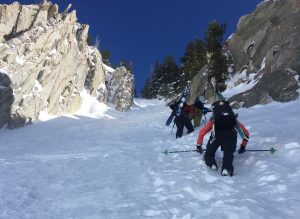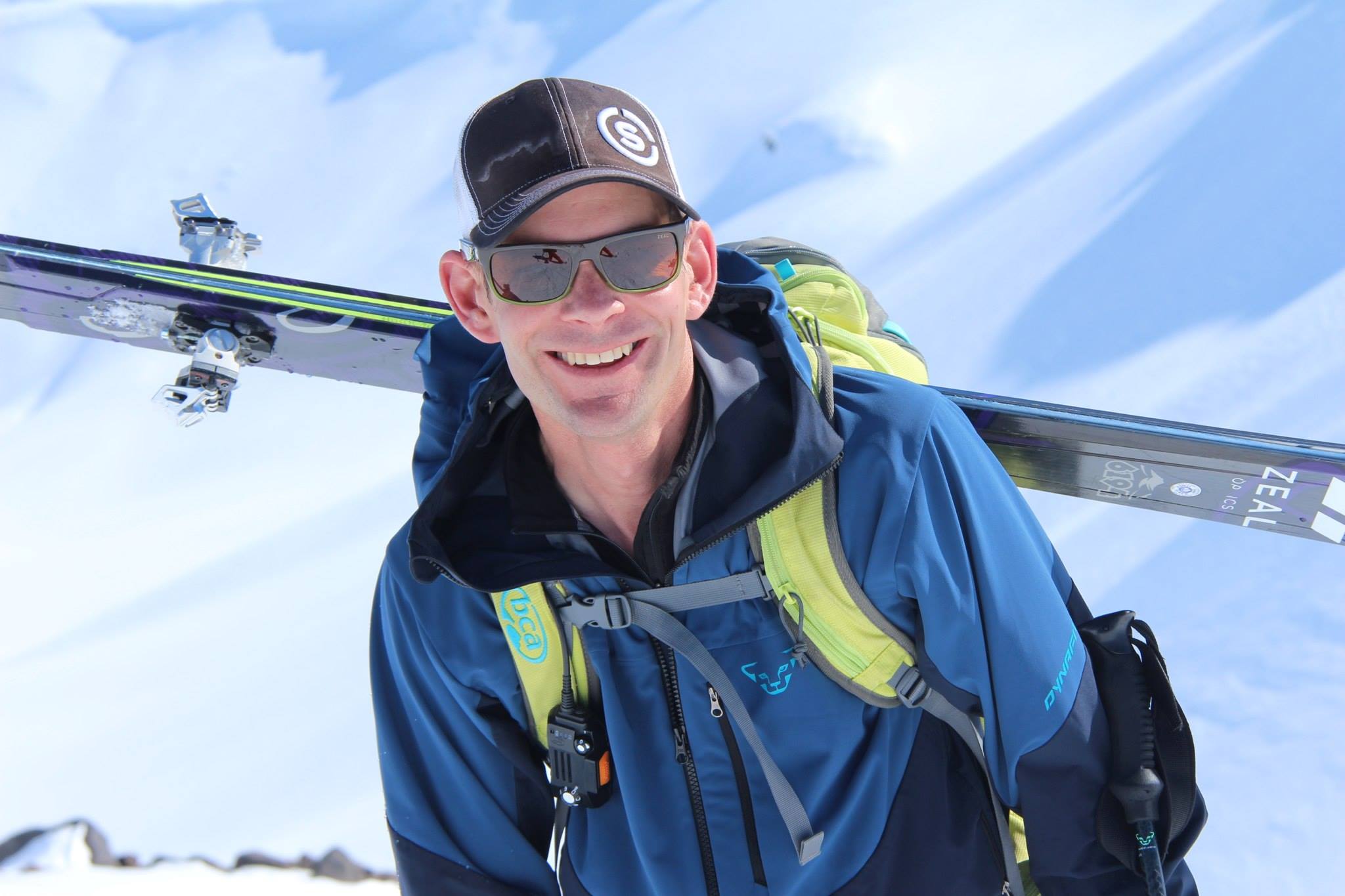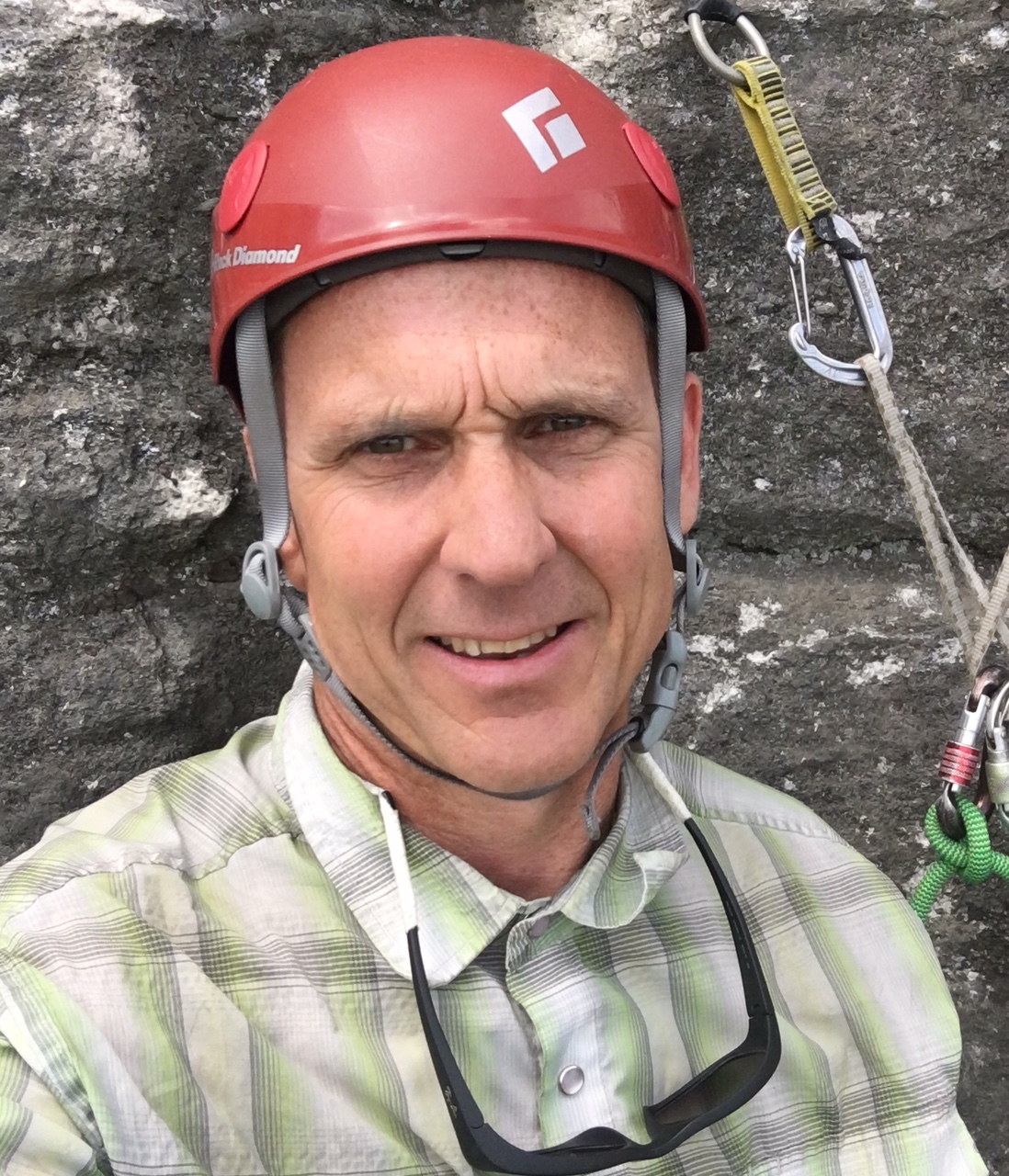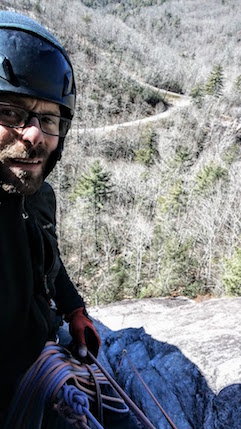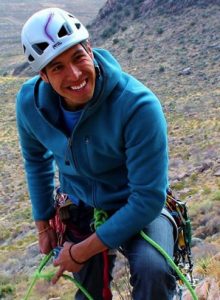Uphill Athlete’s 6 Core Principles of Endurance Training
Uphill Athlete’s 6 Core Principles of Endurance Training
By American Mountain Guide/IFMGA Guide and Uphill Athlete co-founder Steve House

Guiding can be a physical job. And from the perspective of a coach, it is very hard to schedule proper training around a guide’s work schedule because the work itself is unpredictable. A day in the Ouray Ice Park is a lot different than a day of teaching a snow-school on Mount Baker is a lot different than a summit-climb on the Grand.
- Be consistent.You have to have consistency in your training in order to see returns. A sporadic workload isn’t going to produce the same fitness gains as an hour of work each day, every day. On top of that, the work you do should be geared toward your specific activity. This is the hardest thing about adapting training to mountain guiding. One way to work around this is to focus your training on something very different than your guiding work. It’s easier to train for rock climbing while spending a summer on Rainier than it is to train for rock climbing while spending a summer guiding on the Diamond.
- Shoot for mostly low intensity. If your training goals are aerobic-focused (mountaineering, ski-mo racing, etc) then consider yourself lucky. Mountain guides are low-intensity masters. I used to guide all the way to 17,000’ camp on Denali without breathing through my mouth—knowing that if I kept that pace it would be right for my clients.
Dr. Stephen Seiler did a study of top-level endurance athletes across several countries and found that they spend at least 80 percent of their volume at or under their aerobic thresholds. This mostly low-heart-rate approach is beneficial for many reasons, but a crucial one is that it helps develop your fat-burning aerobic capacity, which is essential for any endurance objective.
Keep in mind that consistency isn’t about being consistently active: you have to be consistent in terms of frequency, duration, and proper intensity. The randomness of guiding work is the enemy of those three things.
- Prioritize rest.Work in the absence of recovery is only breaking you down. Training in and of itself isn’t making you stronger; doing work, then recovering from the work, is what gets your body stronger. This seems intuitive, but so often when I start working with people their impression is that they’re going to see this schedule full of hard training, and if they just pile on and pile on and pile on, they’ll feel stronger each time. That’s only partially true. It can’t be emphasized enough: training has to be balanced with rest and recovery.
- Polarize your training.The nature of your rest and recovery can evolve as you become a more durable athlete. Where someone beginning to build their endurance base may have to “polarize” their workload by taking one day fully off each week, a more seasoned endurance athlete can incorporate an “active recovery” session—for example, a very easy 30-minute jog, hike, or bike spin, done totally in zone 1 you’re still getting the recovery, but you’re also reaping the benefit of some degree movement without much strain on the metabolic system. This is an especially useful way for ultra-runners and mountaineers, who are facing long-distance, high-impact objectives, to add sustainable volume. When it comes to “very easy,” do as the Kenyan marathoners do: slow it way down, then slow it down some more. They glide through their normal aerobic runs at a 6-minutes-per-mile clip, but trot out their recovery runs at a relatively sloth-like 10 minutes per mile.
- Build functional stability and a strong core.Before you jump into training, make sure the structure is sound. This means focusing on supportive strength—on dialing in the functional stability and mechanics integral to your specific When it comes to gym-based strength training, instead of going straight to big, powerful movements that strengthen quads, hamstrings, glutes, think about building your training from the ground up. What are the things that are most fundamental to your being able to sustain a higher workload? For example, when it comes to running, your body needs to be able to withstand the load of over twice its weight coming down on each foot each time you land. Hip stability, lower limb stability, deep abdominal core strength—with all those pieces in place, you can proceed to really train.
- Eat well and eat a lot, but time it properly.If athletes ask about nutrition, the first thing I tell them is to think about the idea of nutrient timing. The idea is that you time your big meals for periods where your metabolic rate is at its highest—ideally In that way, the food you take in goes almost immediately toward refueling your muscles and promoting recovery from the work you just did.
While these tips are focused for working guides; we do a ton of work with guiding clientele for objectives from climbing-course prep to Denali, Aconcagua, and Everest training. Feel free to reach out to me if you are interested in learning more about any of this, my contact is [email protected]
